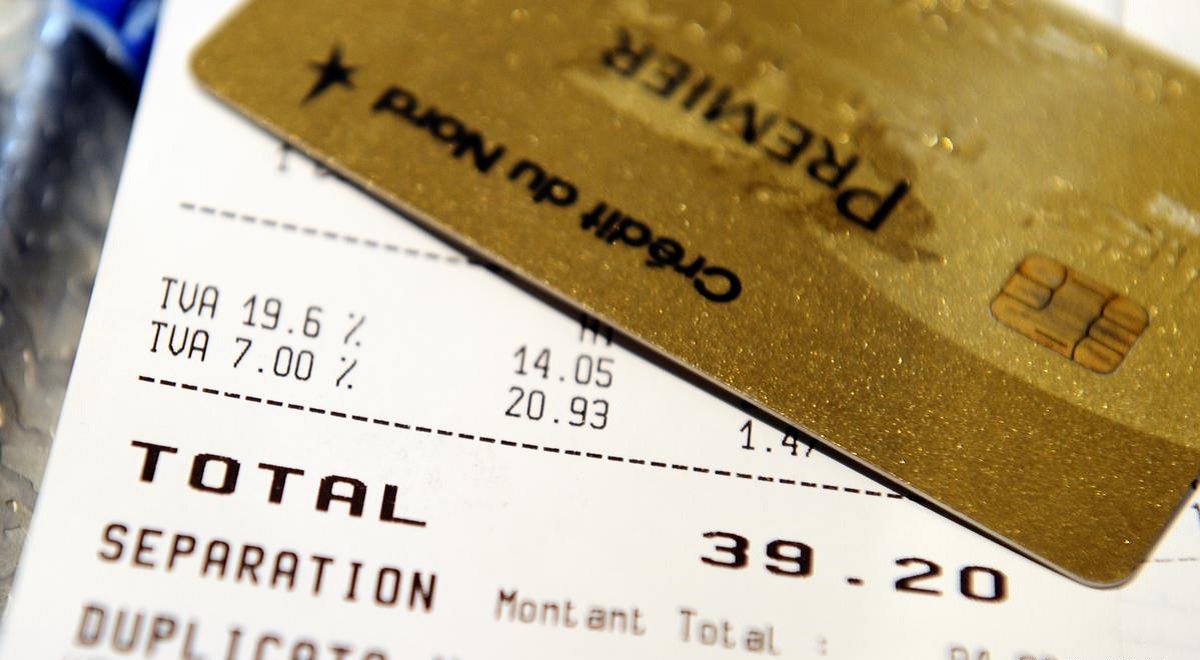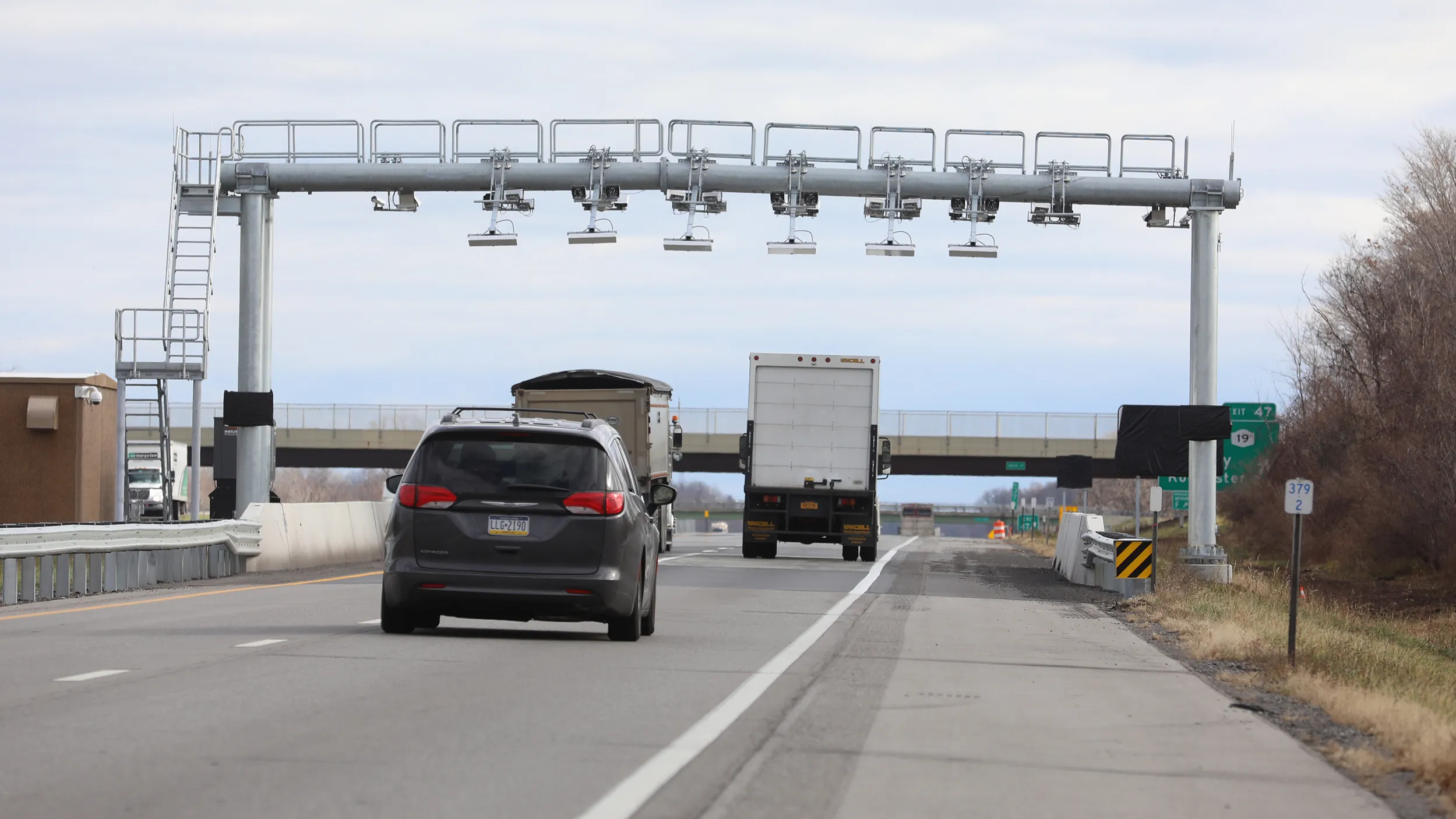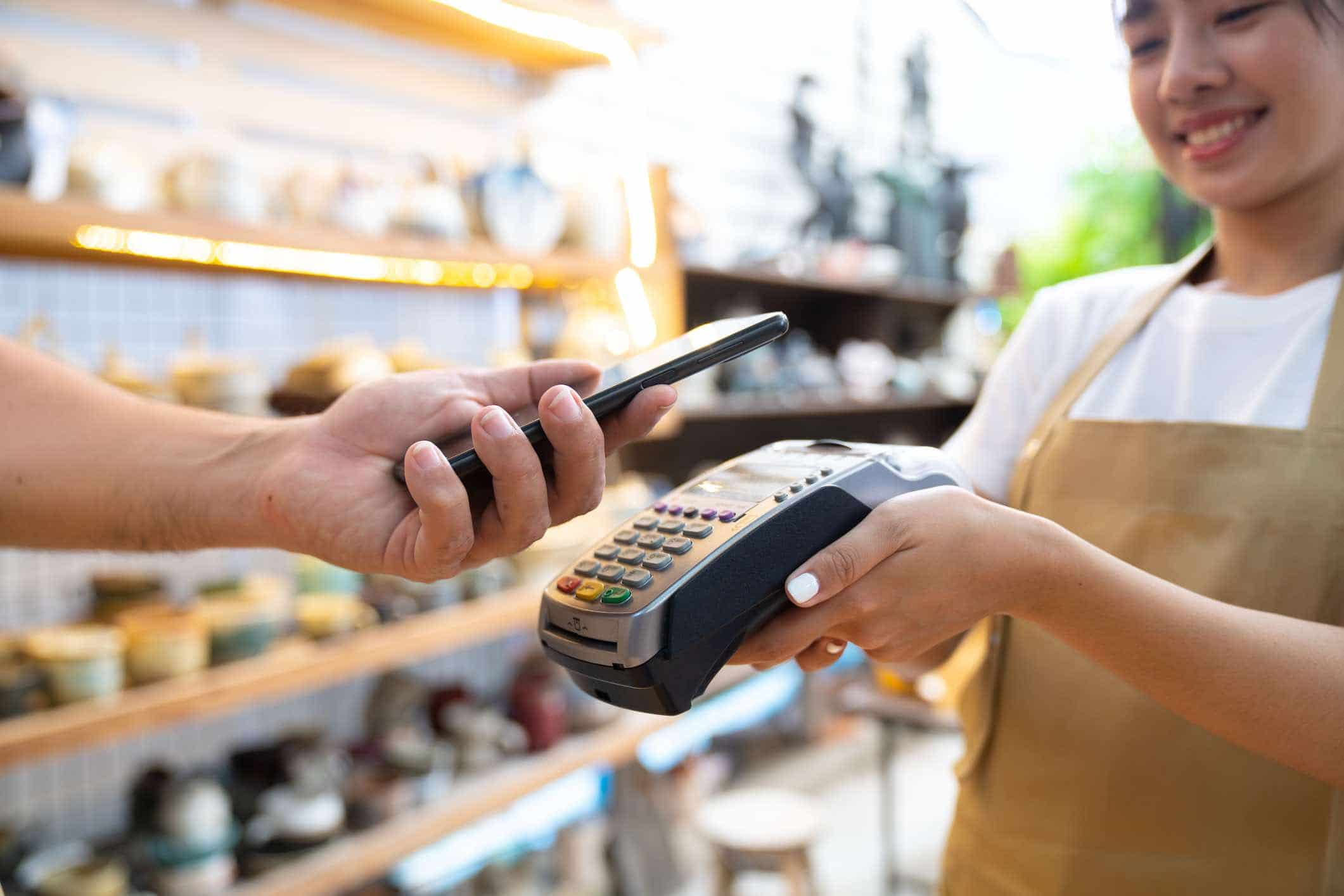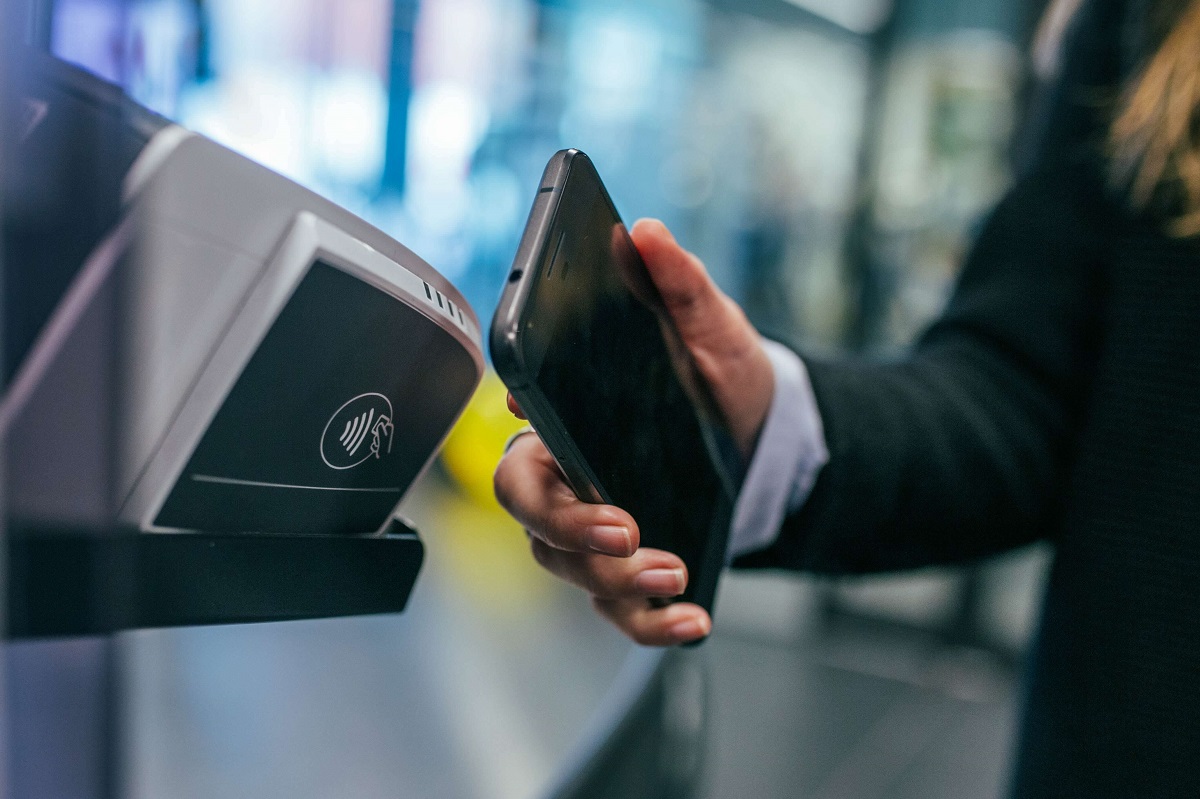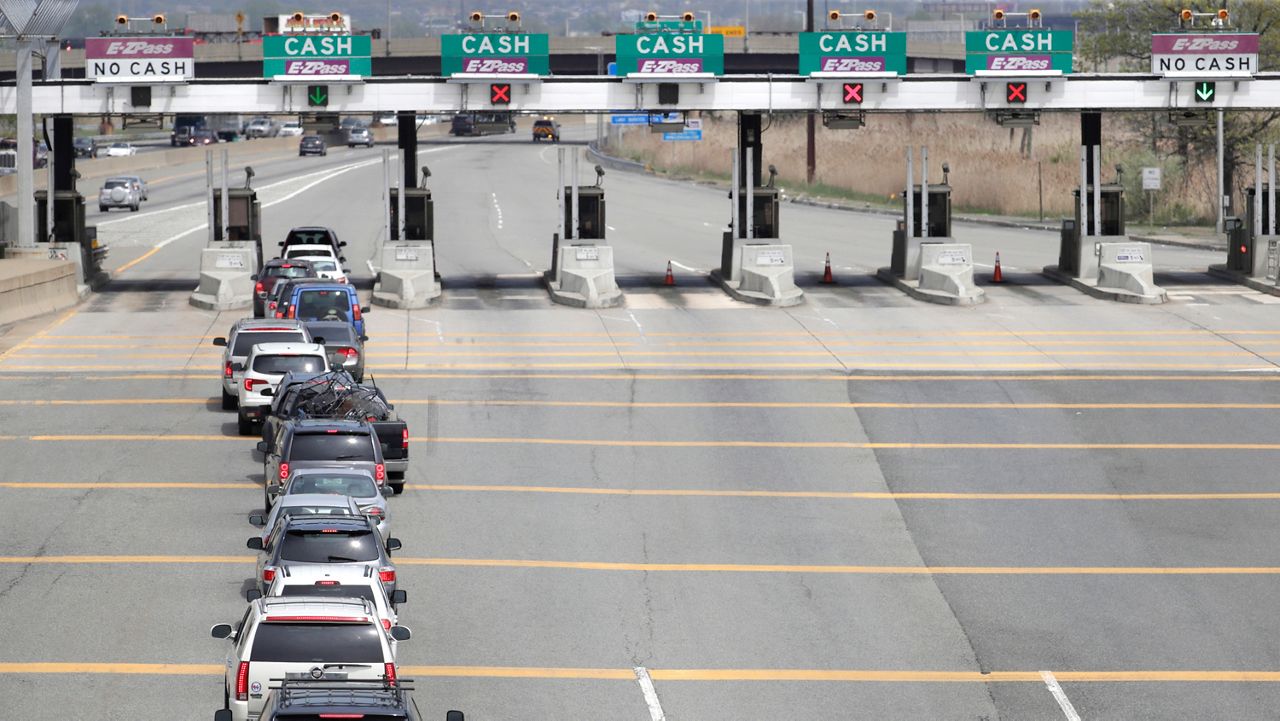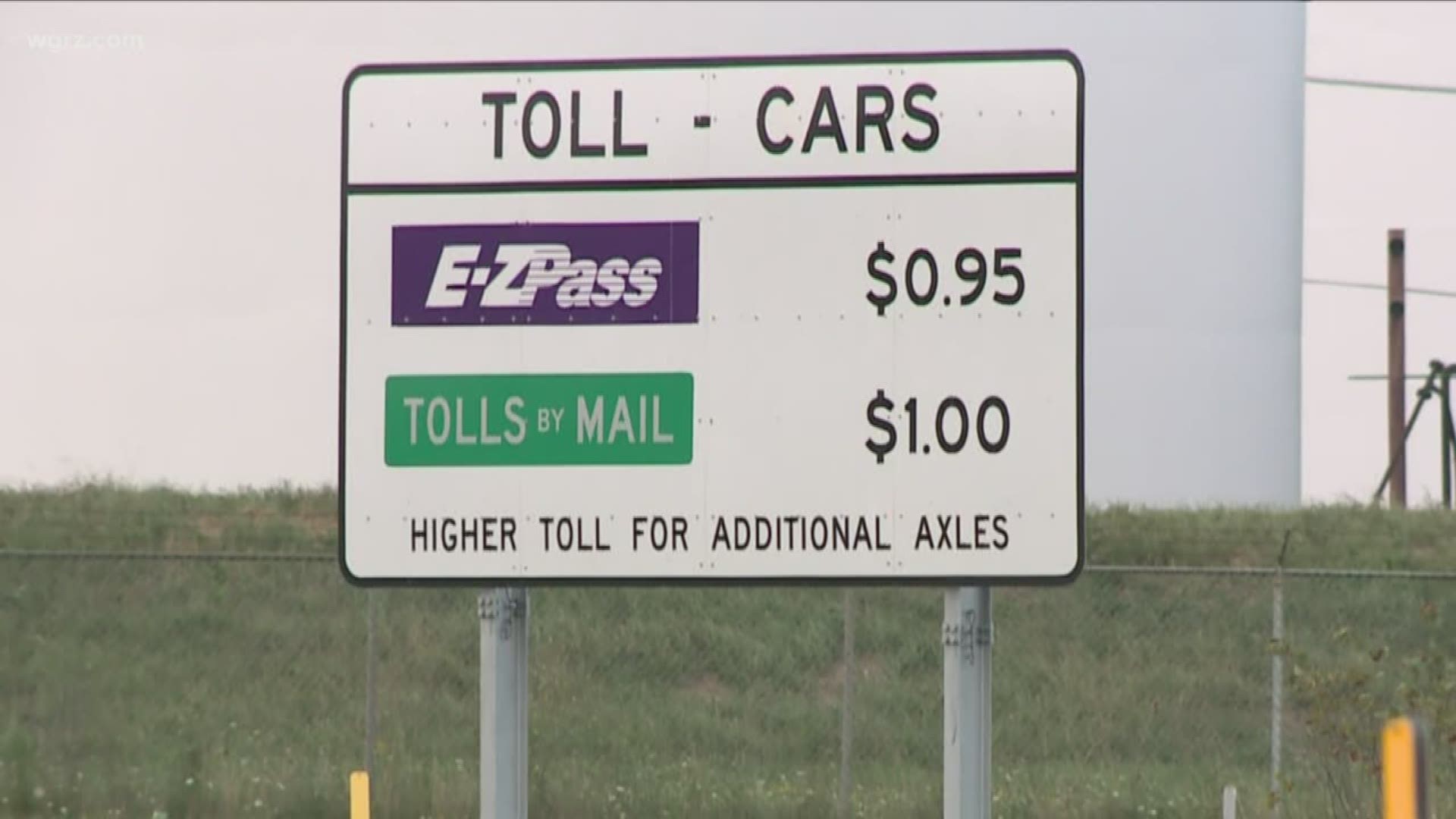Introduction
Welcome to the digital era, where cash is no longer king. With the widespread adoption of credit cards, mobile payment apps, and online transactions, the concept of cashless payments has become increasingly prevalent in our daily lives. However, along with the convenience of going cashless, businesses have introduced a new aspect that customers may encounter – cashless fees. In this article, we will explore what cashless fees are, how they work, why businesses charge them, and whether they are legal.
As the name suggests, cashless fees are additional charges imposed by businesses on customers who choose to pay with a non-cash form of payment, such as credit cards, debit cards, or digital wallets. While cashless transactions provide convenience and ease of use, businesses often incur transaction fees or processing costs for accepting electronic payments. To offset these expenses, some businesses pass on these costs to the customer in the form of cashless fees.
So how exactly do cashless fees work? When you make a purchase using a non-cash payment method, you may notice an additional amount added to your total bill. This additional charge represents the cashless fee. Depending on the business’s policy, the fee might be a fixed amount or a percentage of the transaction value. For example, you might see a $0.50 fee for transactions below $10 or a 2% fee for all credit card payments.
You might wonder why businesses charge cashless fees in the first place. The primary reason is to cover the expenses associated with accepting electronic payments. When businesses accept credit card payments, they have to pay interchange fees, which are charged by card networks like Visa, Mastercard, or American Express. These fees can vary but typically range from 1-3% of the transaction amount. Additionally, businesses may also incur costs for payment processing services, equipment, and maintaining secure payment systems.
What Is a Cashless Fee?
A cashless fee is an extra charge that businesses impose on customers who choose to pay using non-cash methods, such as credit cards, debit cards, or mobile payment apps. It is essentially a fee that covers the cost of accepting electronic payments, including transaction fees, processing fees, and equipment expenses.
When you make a purchase using a non-cash payment method, you may notice a separate charge added to your total bill. This charge is the cashless fee, and it is meant to offset the costs that businesses incur for accepting electronic payments. The fee can vary depending on the business’s policy and may be a fixed amount or a percentage of the transaction value.
Businesses face various expenses when it comes to accepting electronic payments. One of the primary costs is interchange fees, which are charged by the card networks (Visa, Mastercard, American Express) for processing credit card transactions. These fees usually range from 1% to 3% of the transaction amount and can significantly impact a business’s profit margins.
In addition to interchange fees, businesses may also have to pay fees for payment processing services. These services facilitate the authorization, capture, and settlement of payments, ensuring a secure and seamless transaction process. Payment processors charge fees based on the volume and value of transactions and often provide businesses with necessary hardware and software for accepting payments.
Another expense businesses face is the cost of maintaining secure payment systems. As technology advances, so do the risks associated with electronic transactions. To protect customers’ data and prevent unauthorized access, businesses must invest in robust cybersecurity measures and comply with industry standards and regulations. These security measures come at a cost, which may be reflected in the form of cashless fees.
It is important to note that not all businesses charge cashless fees. Some businesses absorb these costs as part of their operating expenses or incorporate them into their pricing strategy. Others choose to offer cash discounts to encourage customers to pay with cash and avoid the additional fees associated with non-cash transactions.
Now that we understand what cashless fees are, let us delve deeper into how they work and why businesses choose to charge them.
How Does a Cashless Fee Work?
When it comes to understanding how a cashless fee works, it’s important to consider the underlying mechanics of electronic payment systems. The process typically involves a few key players: the customer, the business, the payment processor, and the card networks.
When a customer decides to make a purchase using a non-cash payment method, such as a credit card or a mobile payment app, the transaction begins. The customer provides their payment details, which are securely transmitted to the payment processor. The payment processor acts as an intermediary between the business and the customer’s card issuer or mobile payment provider.
Once the payment processor receives the payment details, it sends an authorization request to the card network, such as Visa or Mastercard. The card network then communicates with the card issuer or mobile payment provider to verify the customer’s account and ensure sufficient funds are available.
If the transaction is approved, the payment processor receives an authorization code, signaling that the payment is valid. At this point, the business can proceed with completing the transaction and providing the goods or services to the customer.
However, the process doesn’t end there. After the transaction is completed, the payment processor initiates the settlement process. Settlement involves transferring the funds from the customer’s account to the business’s designated bank account. During this step, the payment processor deducts any applicable fees, including the cashless fee, before depositing the remaining amount into the business’s account.
The cashless fee itself is determined by the business’s policy and can be either a fixed amount or a percentage of the transaction value. For example, a business might charge a $0.50 fee for transactions below $10 or a 2% fee for all credit card payments. The fee is typically added to the customer’s total bill, distinct from the actual cost of the goods or services purchased.
It’s important to note that cashless fees are not uniform across all businesses and industries. Some businesses choose to charge cashless fees on all non-cash transactions, while others may only apply the fee for certain types of transactions or payment methods. Additionally, the fee may vary depending on the nature of the purchase or the value of the transaction.
Now that we have explored how a cashless fee works, let’s delve into the reasons why businesses choose to charge these fees.
Why Do Businesses Charge Cashless Fees?
Businesses charge cashless fees for several reasons, primarily to cover the expenses associated with accepting electronic payments. While cashless transactions offer convenience and flexibility, they come with various costs that businesses have to bear. Let’s take a closer look at the reasons why businesses choose to charge cashless fees:
1. Interchange Fees: One of the main reasons businesses charge cashless fees is to offset the interchange fees imposed by card networks. When customers pay with credit or debit cards, businesses are charged a percentage of the transaction value by these networks. Cashless fees help businesses recoup these costs and maintain their profit margins.
2. Payment Processing Costs: Businesses often incur expenses for payment processing services. Third-party payment processors facilitate the authorization and settlement of electronic transactions, providing secure and efficient payment solutions. However, these services come with fees that businesses need to cover. Cashless fees contribute to covering the costs associated with these payment processing services.
3. Equipment and Technology Investments: Accepting electronic payments requires businesses to invest in payment terminals, point-of-sale systems, and other hardware and software for processing transactions. These equipment investments can be costly, particularly for small businesses. Cashless fees help businesses recover these expenses over time.
4. Security and Compliance: With the rise in cybersecurity threats, businesses need to implement robust security measures to protect customer data and ensure secure transactions. Meeting security standards and complying with regulatory requirements incur additional costs. Cashless fees can help businesses cover the expenses related to maintaining secure payment systems and protecting customer information.
5. Business Sustainability: Charging cashless fees can be an essential part of a business’s overall sustainability strategy. By passing on the costs of non-cash transactions to customers, businesses can keep their overall prices competitive and ensure the viability of their operations. In turn, this allows businesses to continue offering a range of payment options to customers without compromising profitability.
It is worth noting that not all businesses choose to charge cashless fees. Some businesses absorb the costs of electronic payments as part of their operational expenses. Others may adopt alternative approaches, such as introducing minimum transaction amounts or offering cash discounts, to encourage customers to choose cash as a payment method.
Now that we understand why businesses charge cashless fees, let’s explore the legality of these fees and whether they are permitted by law.
Is It Legal to Charge Cashless Fees?
The legality of charging cashless fees varies from country to country and even within different regions or states. In some jurisdictions, cashless fees are permitted, while in others, they may be prohibited or subject to certain restrictions. Let’s explore the legal aspects of cashless fees:
1. Local Laws: It is essential to familiarize yourself with the local laws and regulations that govern payment practices in your specific location. These laws may vary, and it’s crucial to understand the specific rules and requirements regarding cashless fees applicable in your jurisdiction.
2. Card Network Rules: Card networks like Visa, Mastercard, American Express, and Discover have their own rules and guidelines regarding surcharging. In some regions, card network rules prohibit businesses from charging additional fees for credit card transactions. However, these rules may vary, and some regions permit surcharging as long as it complies with certain requirements and restrictions.
3. Consumer Protection Laws: Many countries have consumer protection laws in place to safeguard consumers from unfair practices. These laws may regulate or limit the ability of businesses to charge additional fees for certain payment methods. For example, some jurisdictions prohibit businesses from charging cashless fees for essential goods and services or impose limitations on the amount that can be charged.
4. Disclosure Requirements: Even in countries where cashless fees are allowed, businesses are often required to disclose these fees prominently to consumers. This ensures transparency and helps customers make informed decisions about their payment method. Failure to clearly disclose cashless fees may lead to legal consequences and damage a business’s reputation.
5. Long-term Viability: While cashless fees may be legal in certain jurisdictions, businesses should consider the long-term viability of charging these fees. Consumers may view cashless fees negatively and choose to patronize businesses that do not impose additional charges. It’s important for businesses to strike a balance between recovering costs and maintaining a positive customer experience.
Given the legal complexities surrounding cashless fees, it is advisable for businesses to consult legal experts or industry associations to ensure compliance with local laws and regulations. By staying informed and adhering to legal requirements, businesses can operate within the boundaries of the law while addressing the costs associated with accepting non-cash payments.
Now that we’ve explored the legal aspects of cashless fees, let’s examine the pros and cons of these fees for both businesses and consumers.
Pros and Cons of Cashless Fees
Cashless fees come with their own set of advantages and disadvantages for businesses and consumers. Let’s take a closer look at the pros and cons of cashless fees:
Pros for Businesses:
- Cost Recovery: Cashless fees help businesses cover the expenses associated with accepting electronic payments, such as interchange fees and payment processing costs.
- Business Sustainability: By passing on the costs to customers, businesses can maintain their overall pricing competitiveness and ensure the sustainability of their operations.
- Encourages Cash Payments: Cashless fees can incentivize customers to pay with cash, reducing payment processing costs and potentially speeding up transaction times.
- Flexibility in Pricing: Cashless fees allow businesses to adjust their pricing strategies based on transaction values, enabling them to more accurately reflect the associated costs.
Cons for Businesses:
- Customer Perception: Charging cashless fees may negatively impact customer perception, as some customers may view it as an additional and unnecessary expense.
- Competitive Disadvantage: If competing businesses do not charge cashless fees, it could put businesses that do at a disadvantage in attracting customers.
- Administrative Complexity: Implementing and managing cashless fees can add administrative complexity, requiring businesses to update pricing structures and communicate fee policies effectively.
- Legal Considerations: Businesses must navigate the legal landscape surrounding cashless fees, ensuring compliance with local laws, and avoiding potential legal consequences.
Pros for Consumers:
- Payment Choice: Cashless fees may encourage consumers to consider cash as a payment option, allowing them to avoid the additional charges associated with non-cash transactions.
- Price Transparency: Clearly disclosed cashless fees provide transparency, allowing consumers to make informed decisions about their preferred payment method.
- Retailer Incentives: Some businesses may offer cash discounts or incentives as an alternative to cashless fees, providing consumers with money-saving opportunities.
Cons for Consumers:
- Additional Expense: Cashless fees add an extra cost to transactions, potentially increasing the overall price of goods or services for consumers.
- Reduced Convenience: Paying with cash may be less convenient for some consumers, requiring them to carry physical currency and potentially impacting their purchasing experience.
- Potential Confusion: Consumers may find it challenging to understand and compare cashless fees across different businesses, leading to confusion and potential dissatisfaction.
Ultimately, the decision to charge cashless fees or pay them as a consumer depends on the specific circumstances, local regulations, and personal preferences. It’s important for businesses to carefully consider the pros and cons and strike a balance between cost recovery and customer satisfaction.
Now, let’s move on to some tips on how consumers can avoid cashless fees.
Tips to Avoid Cashless Fees
If you prefer to avoid cashless fees when making purchases, here are some helpful tips to keep in mind:
- Prioritize Cash Payments: Consider using cash as your primary payment method. By paying with physical currency, you can bypass any potential cashless fees imposed by businesses.
- Ask About Cash Discounts: Inquire with the business if they offer any cash discounts as an alternative to cashless fees. Some establishments may provide incentives for customers who choose to pay with cash.
- Research Your Options: Before making a purchase, research different businesses in your area and compare their payment policies. Look for establishments that do not charge cashless fees or offer more favorable payment terms.
- Use Alternative Payment Methods: Consider exploring alternative payment methods that may not incur additional charges. For example, Mobile Payment apps like Apple Pay or Google Pay can be used for contactless transactions without cashless fees in many cases.
- Check Minimum Transaction Amounts: Some businesses only apply cashless fees for transactions below a certain amount. If your purchase exceeds that threshold, you may be able to avoid the additional charge.
- Support Cash-Friendly Businesses: Look for businesses that actively promote cash payments and prioritize those establishments when making your purchasing decisions.
- Stay Informed about Consumer Rights: Familiarize yourself with the local consumer protection laws and regulations that govern cashless fees. This knowledge can empower you to assert your rights and make informed choices.
- Provide Feedback: If you encounter businesses that charge cashless fees and believe it to be unfair or unjustified, consider providing feedback to the management or leaving reviews to communicate your concerns.
By following these tips, you can navigate the landscape of cashless fees and make decisions that align with your preferences and financial goals.
Now that we have explored ways to avoid cashless fees, let’s summarize the key points discussed in this article.
Conclusion
In the ever-evolving landscape of payment methods, cashless fees have emerged as an additional cost that customers may encounter when choosing non-cash payment options. These fees aim to cover the expenses businesses incur for accepting electronic payments, such as interchange fees, payment processing costs, and equipment investments.
The legality of cashless fees varies depending on local laws and regulations, as well as card network rules and consumer protection measures. It is crucial for businesses to comply with these legal requirements and provide clear disclosure of cashless fees to customers.
While cashless fees can help businesses recover costs and ensure their sustainability, they may also have potential drawbacks. Customers might view these fees as an additional expense and businesses may face competition from establishments that do not impose cashless fees. Striking a balance between cost recovery and customer satisfaction is essential.
For customers who wish to avoid cashless fees, prioritizing cash payments, inquiring about cash discounts, researching payment policies, and using alternative payment methods are effective strategies. Supporting cash-friendly businesses and staying informed about consumer rights can also contribute to making informed choices.
As the digital era continues to transform the way we transact, understanding the concept of cashless fees and their implications is crucial for both businesses and consumers. By navigating the landscape of cashless fees with transparency, fairness, and informed decision-making, we can ensure a harmonious and mutually beneficial payment ecosystem.
Remember to always stay updated with local regulations and business practices to make informed choices and engage in transactions that align with your preferences and financial goals.







